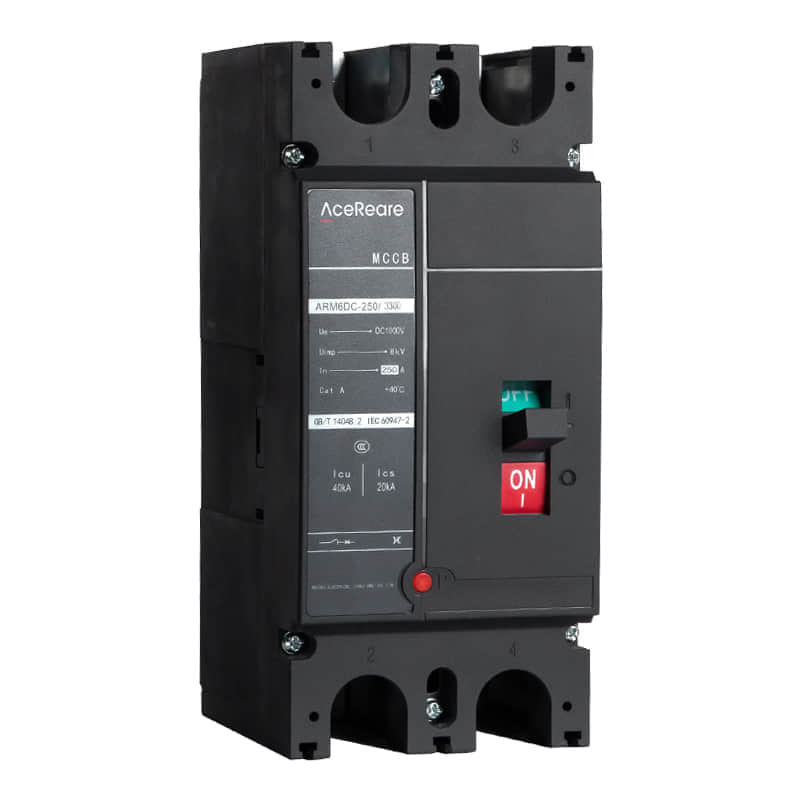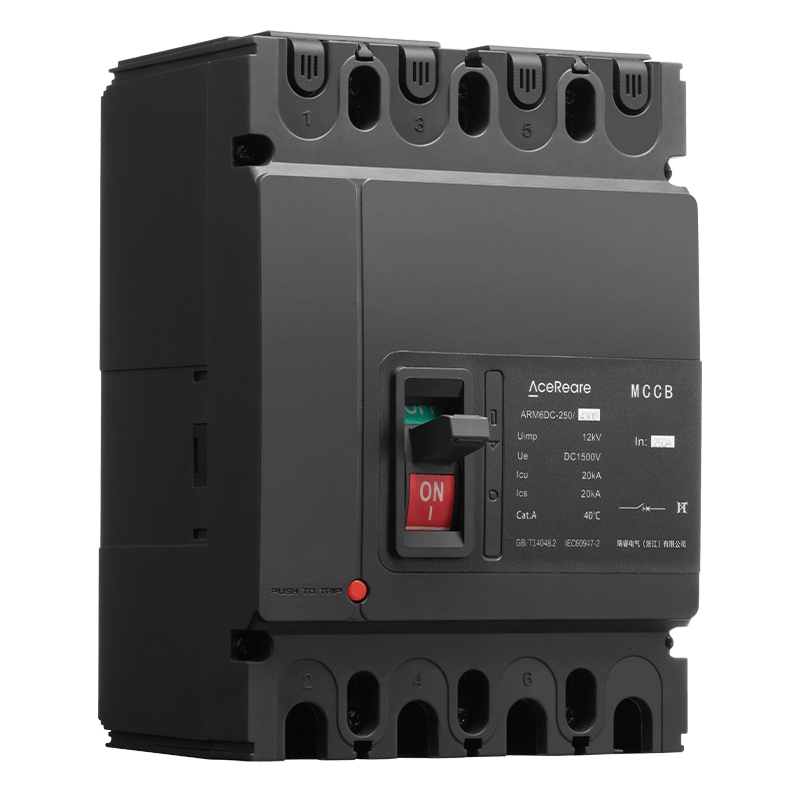In recent years, the global shift towards sustainable energy sources has led to significant advancements in photovoltaic (PV) technology. Photovoltaic systems, commonly known as solar panels, have become increasingly popular for generating clean and renewable electricity. However, as with any technology, safety and efficiency are paramount concerns. This is where the photovoltaic DC circuit breaker comes into play.

The Need for Photovoltaic DC Circuit Breakers

Photovoltaic systems primarily operate on direct current (DC) electricity, which flows in one direction, unlike alternating current (AC), which reverses direction periodically. DC is an ideal choice for solar panels because it can be stored in batteries efficiently, making it accessible even when the sun isn’t shining. However, DC systems pose unique challenges, especially when it comes to controlling and protecting them. One of the critical safety components in a PV system is the DC circuit breaker. This device serves a crucial role in safeguarding the system, equipment, and individuals by interrupting the flow of electricity when necessary. Traditional circuit breakers designed for AC circuits are not suitable for DC applications due to fundamental differences in how they operate. As a result, the development of dedicated photovoltaic DC circuit breakers has become essential. The Evolution of Photovoltaic DC Circuit Breakers The history of photovoltaic DC circuit breakers is marked by significant advancements in both design and functionality. Here’s a brief overview of their evolution: Early DC Disconnects:In the early days of solar power, simple disconnect switches were used to interrupt DC circuits manually. While they served their purpose, they lacked the precision and reliability needed for modern PV systems. Fuses:Fuses were the first step towards automated protection in PV systems. They would melt when the current exceeded a certain threshold, breaking the circuit. However, fuses had limitations, including the need for replacement and limited precision. Magnetic Circuit Breakers:The next evolution was the introduction of magnetic circuit breakers, specifically designed for DC applications. These breakers offered more precise control over current levels and could be reset after tripping, improving the reliability of PV systems. Electronic DC Circuit Breakers:Recent advancements have led to the development of electronic DC circuit breakers. These sophisticated devices use electronics to monitor and control current levels precisely. They offer features such as remote monitoring and the ability to adjust trip thresholds, providing enhanced safety and flexibility. Benefits of Modern Photovoltaic DC Circuit Breakers Modern photovoltaic DC circuit breakers offer several benefits: Enhanced Safety:These breakers provide precise protection against overcurrent and short-circuit conditions, reducing the risk of electrical fires and equipment damage. Remote Monitoring:Many electronic DC circuit breakers can be monitored remotely, allowing for real-time status checks and immediate response to issues. Adjustable Settings:Users can customize trip thresholds and other settings to match the specific requirements of their PV system. Reduced Downtime:In the event of a trip, electronic breakers can often be reset remotely, minimizing system downtime. Compatibility:They are designed to work seamlessly with modern PV systems and inverters, ensuring optimal performance. Conclusion As the world continues to embrace solar energy, the role of photovoltaic DC circuit breakers in ensuring the safety and efficiency of PV systems cannot be overstated. Their evolution from basic disconnect switches to sophisticated electronic breakers reflects the industry’s commitment to innovation and sustainability. With ongoing research and development, these vital components will continue to evolve, making solar power safer and more accessible for all.
